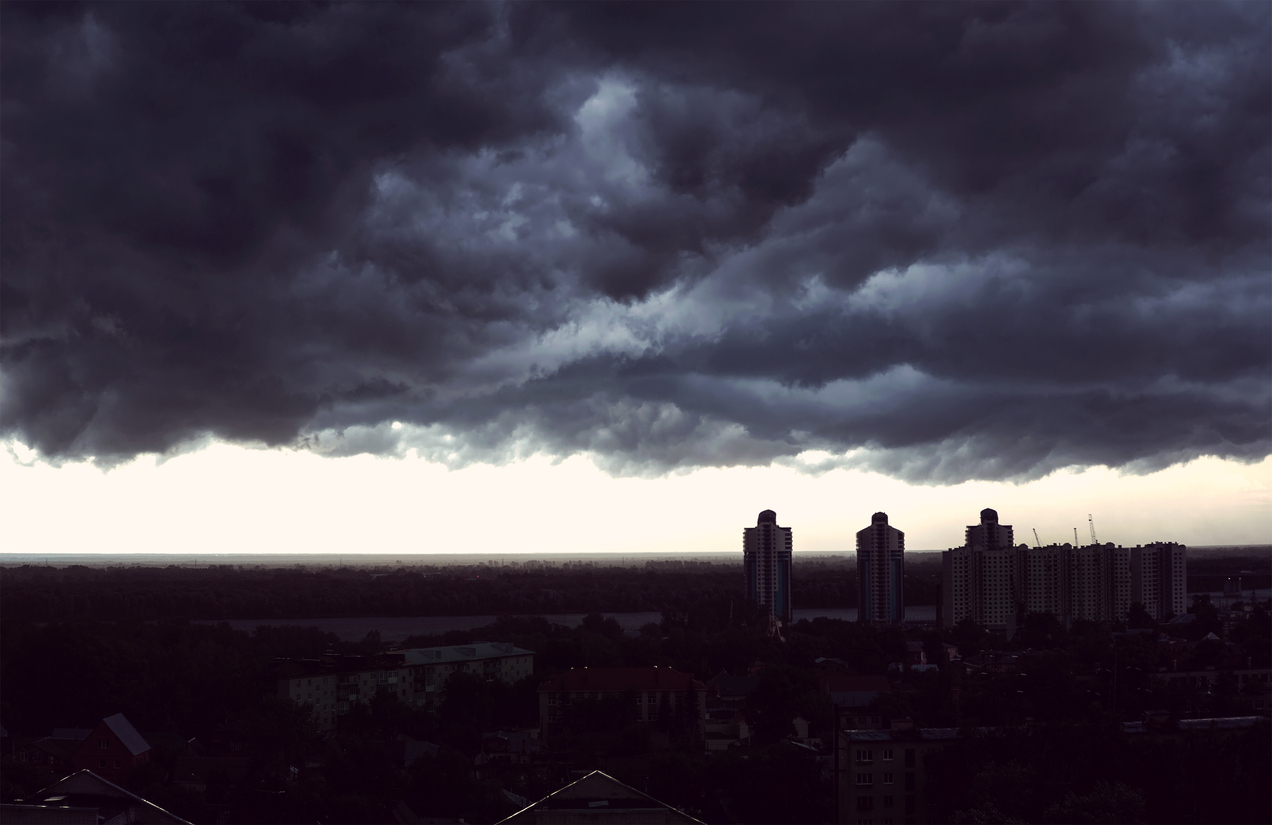The Atlantic hurricane outlook for 2023, according to forecasts from AccuWeather, the National Oceanic and Atmospheric Administration (NOAA), Colorado State University (CSU), and others, points to a slightly below-average season this year. Forecasts predict a season close to the 1991-2020 average, with 11 to 17 tropical storms, four to nine hurricanes, and one to four major hurricanes.
It’s important to note that a much more active season than predicted can blow in. According to CoreLogic, meteorologists based the 2023 hurricane season outlook on the return of El Niño Southern Oscillation (ENSO) neutral and El Niño conditions this summer and fall, which historically impede storm development in the Atlantic. However, forecasters warn that their predictions hinge on El Niño’s strength and how its development ultimately unfolds by the fall.
How Does El-Niño in the Pacific Impact Hurricanes in the Atlantic?
El Niño can emerge when the tropical eastern-central Pacific Ocean is extremely warm, according to Scientific American. Warm upper-ocean temperatures influence the vertical and east-west atmospheric circulation in the tropics during El Niño occurrences. This causes a teleconnection by altering the east-west winds in the upper atmosphere over the tropics, resulting in increased vertical wind shear in the Atlantic basin. Hurricanes can be tempered by the wind shear.
Other Factors to Watch This Season
While El Niño in the Pacific would help stem Atlantic hurricanes, La Niña would have the opposite effect. La Niña is characterized by cool tropical Pacific waters, which would lead to a record-breaking active Atlantic season instead.
According to Scientific American, two other factors also can come into play which would impact the season’s hurricane outlook. The Madden-Julian Oscillation, a pattern of clouds and rainfall that moves eastward across the tropics on a time scale of 30 to 90 days, can either boost or prevent the production of tropical storms. Tropical cyclones can also be suppressed by dust storms from the Saharan air layer, which comprises warm, dry, and dusty air from Africa.
The Property Insurance Market Is Bracing Itself
There are deep concerns in the reinsurance property insurance market this hurricane season, which continues to see rates rise, capacity shrink, and a portfolio rebalance. Based on what occurred last year when Ian hit in September, the industry fully understands that one major storm landfall can make for a costly season. It was a relatively quiet season until September when Ian hit causing $114 billion in damage and 52 deaths. The third most expensive weather and climate disaster, according to NOAA, Ian caused insured losses estimated to be close to $63 billion, more than half the total damages.1 The industry is still reeling from Ian and other billion-dollar weather-related losses it has experienced.
Make Sure Property Owners Are Hurricane Prepared
Insurers are urging owners to get hurricane ready to minimize the impact of severe weather on their properties despite a slightly below-normal season in comparison to previous years. As part of their hurricane preparedness activities, businesses should already have in place a detailed emergency plan that includes measures such as securing facilities and equipment, backing up data, and ensuring the safety of employees. Business owners should install storm shutters, reinforce roofs and windows, secure loose outdoor items that could become projectiles in high winds, and stock up on supplies.
About Seneca Insurance Companies
Seneca Insurance Companies are known for having a broad appetite in writing property risks. We offer both admitted and non-admitted ISO-based policies, with catastrophe perils based on location and risk characteristics.

